2025 Utah Milky Way Photography Workshops
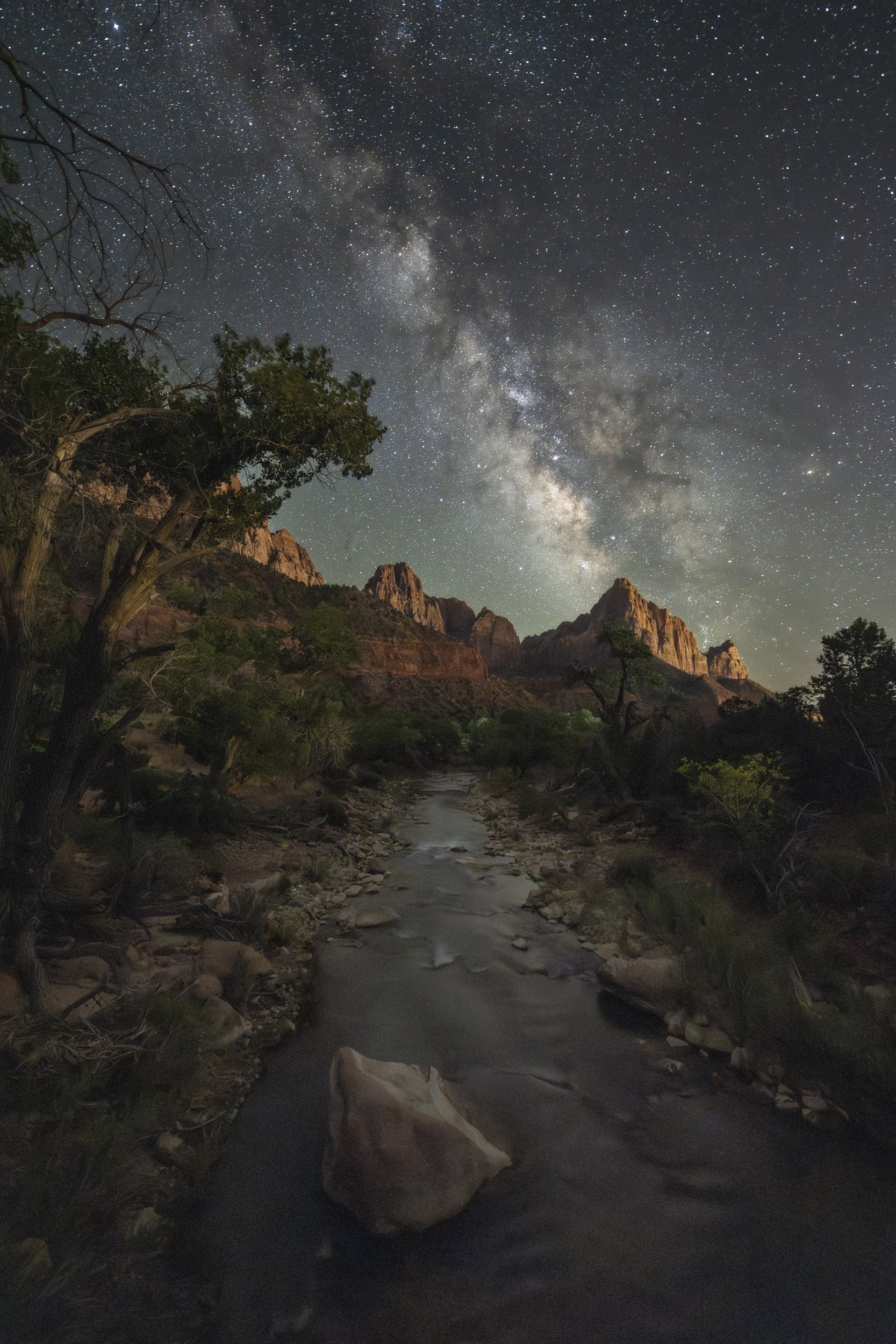


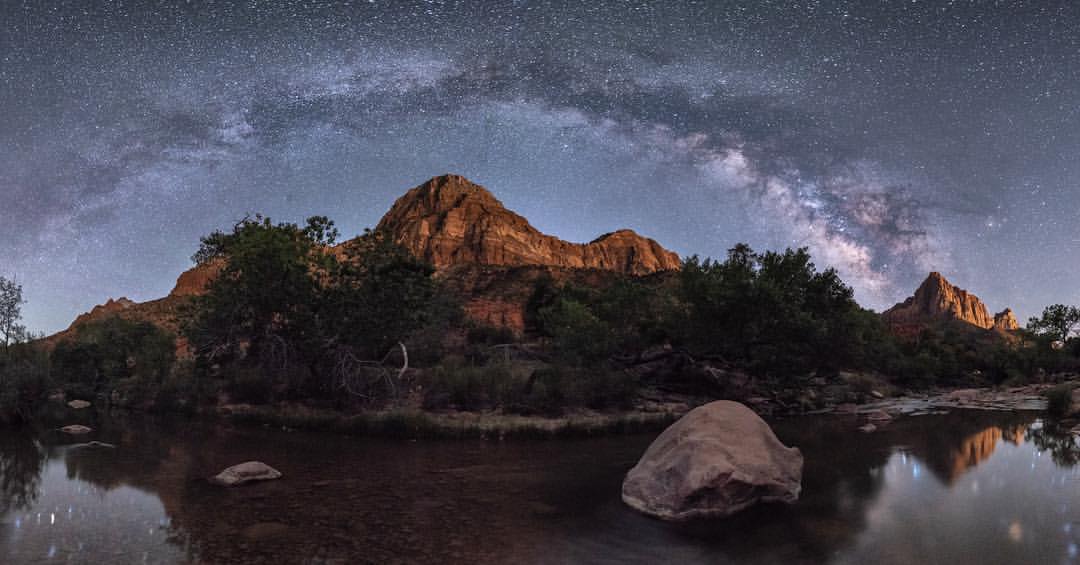
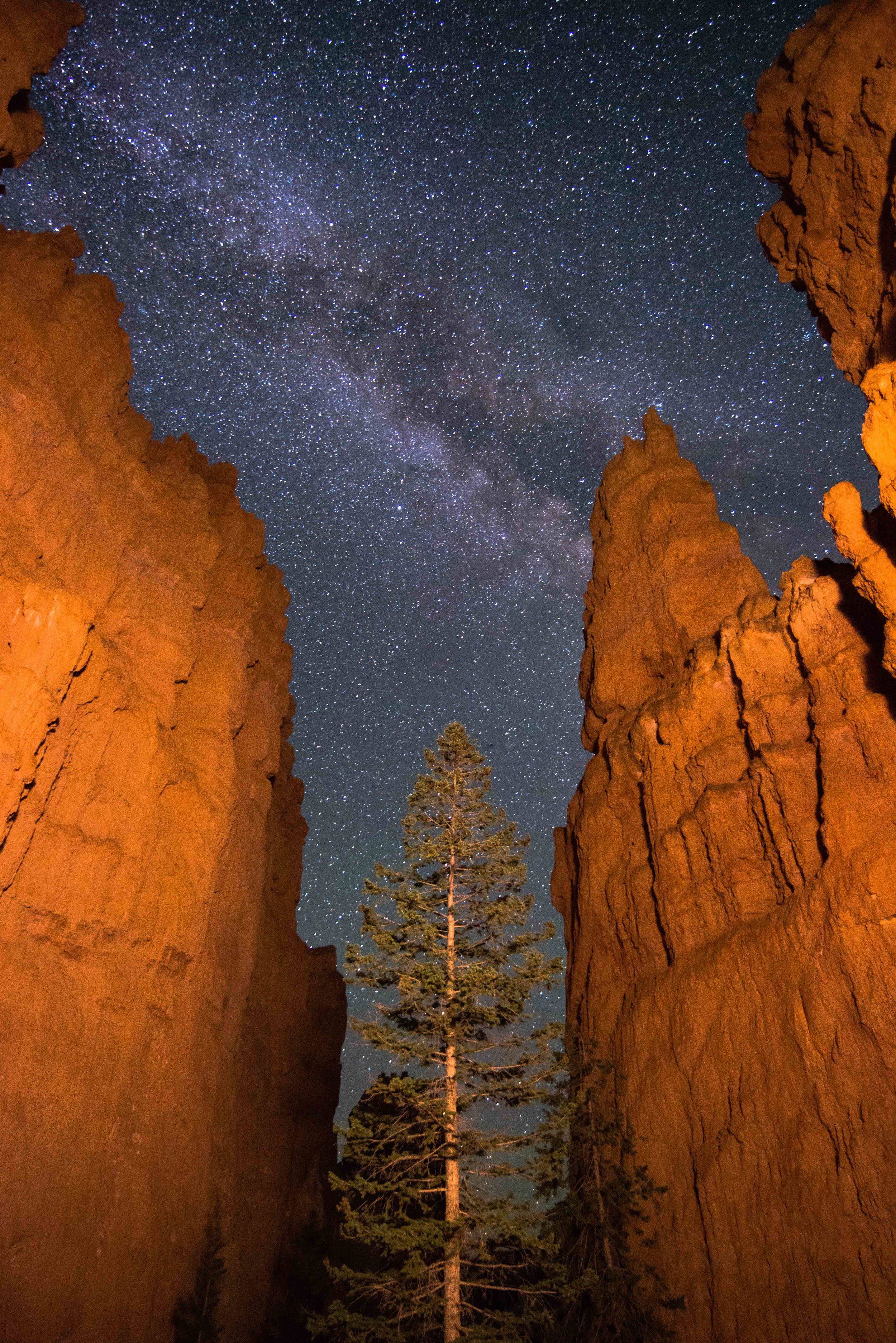
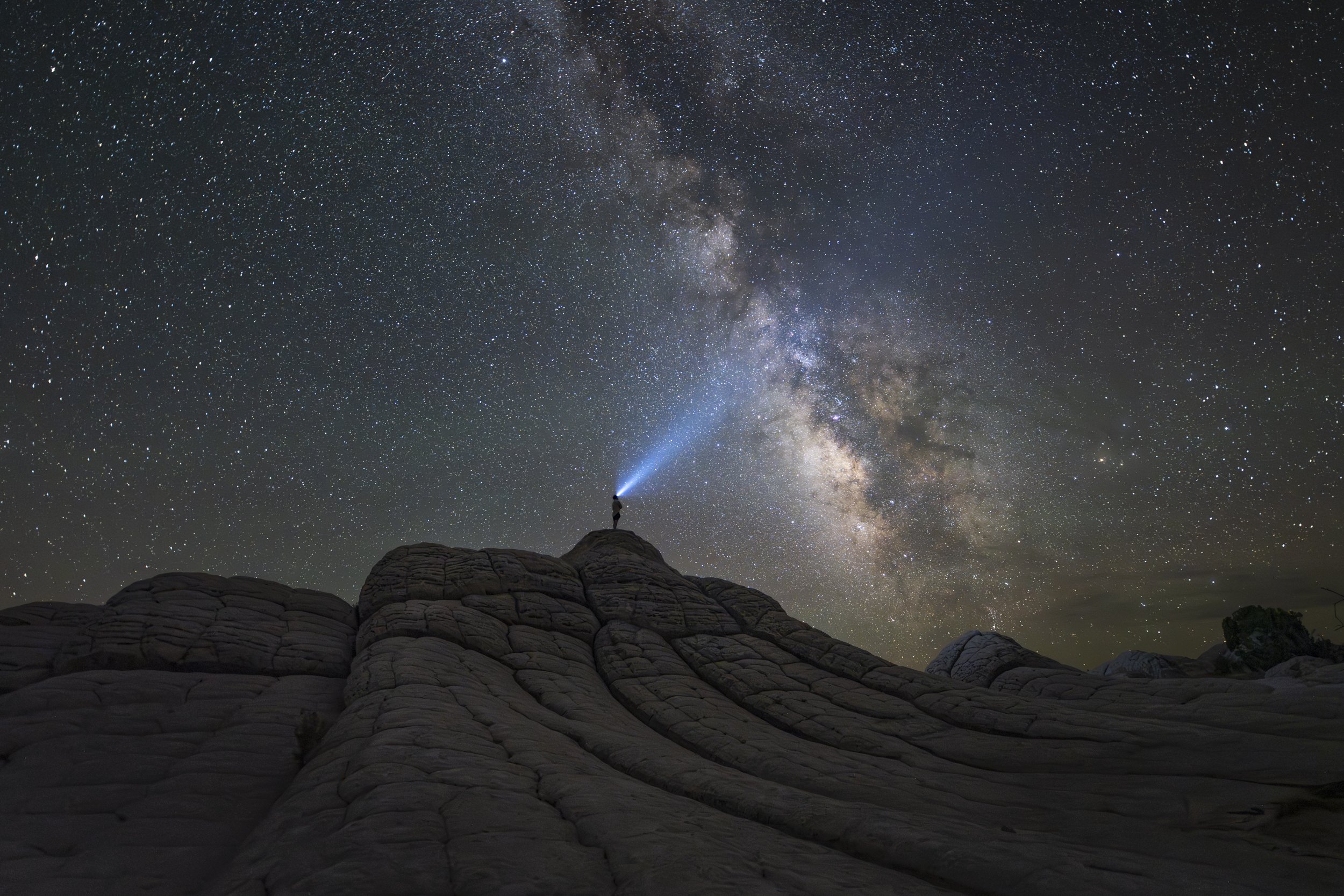

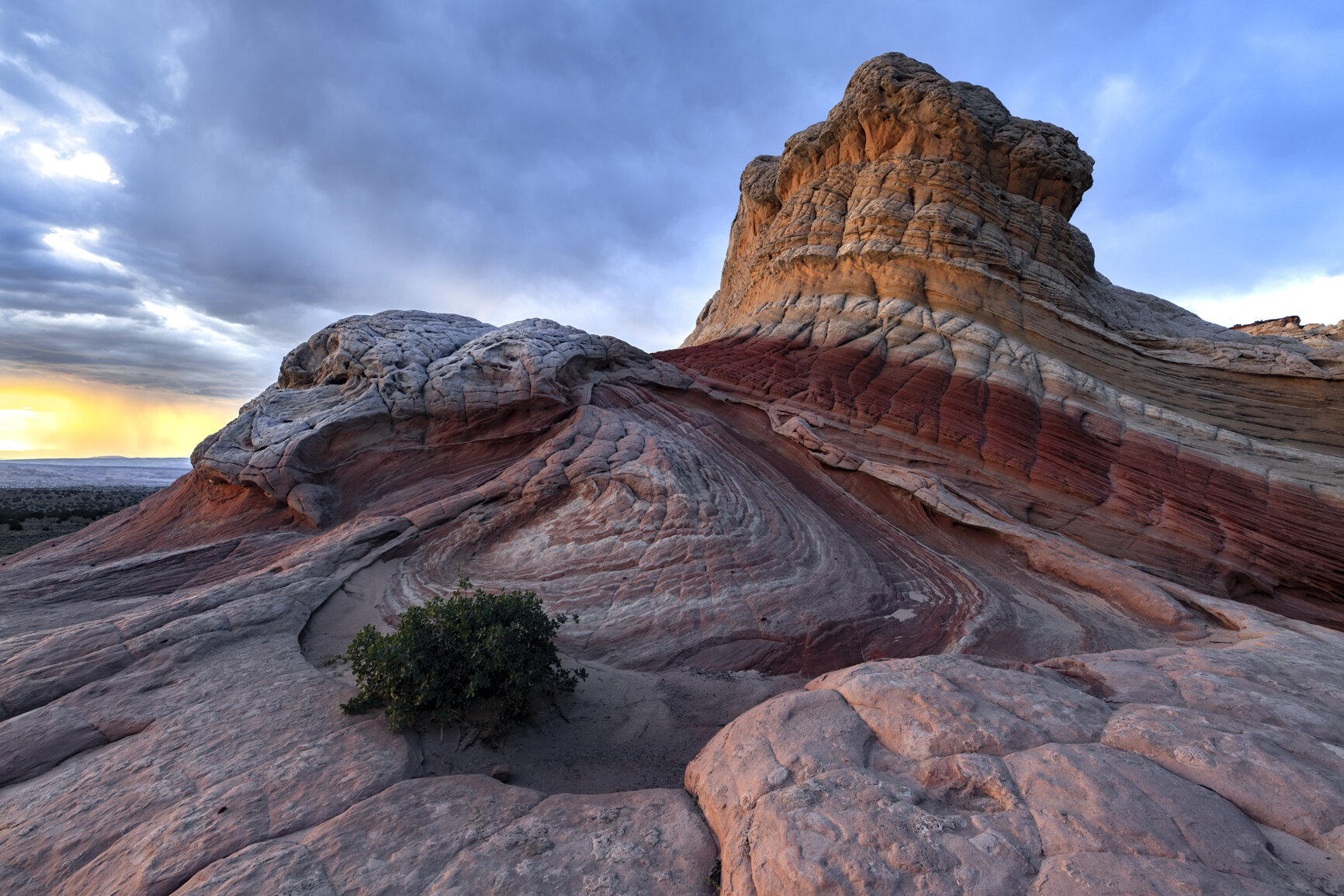
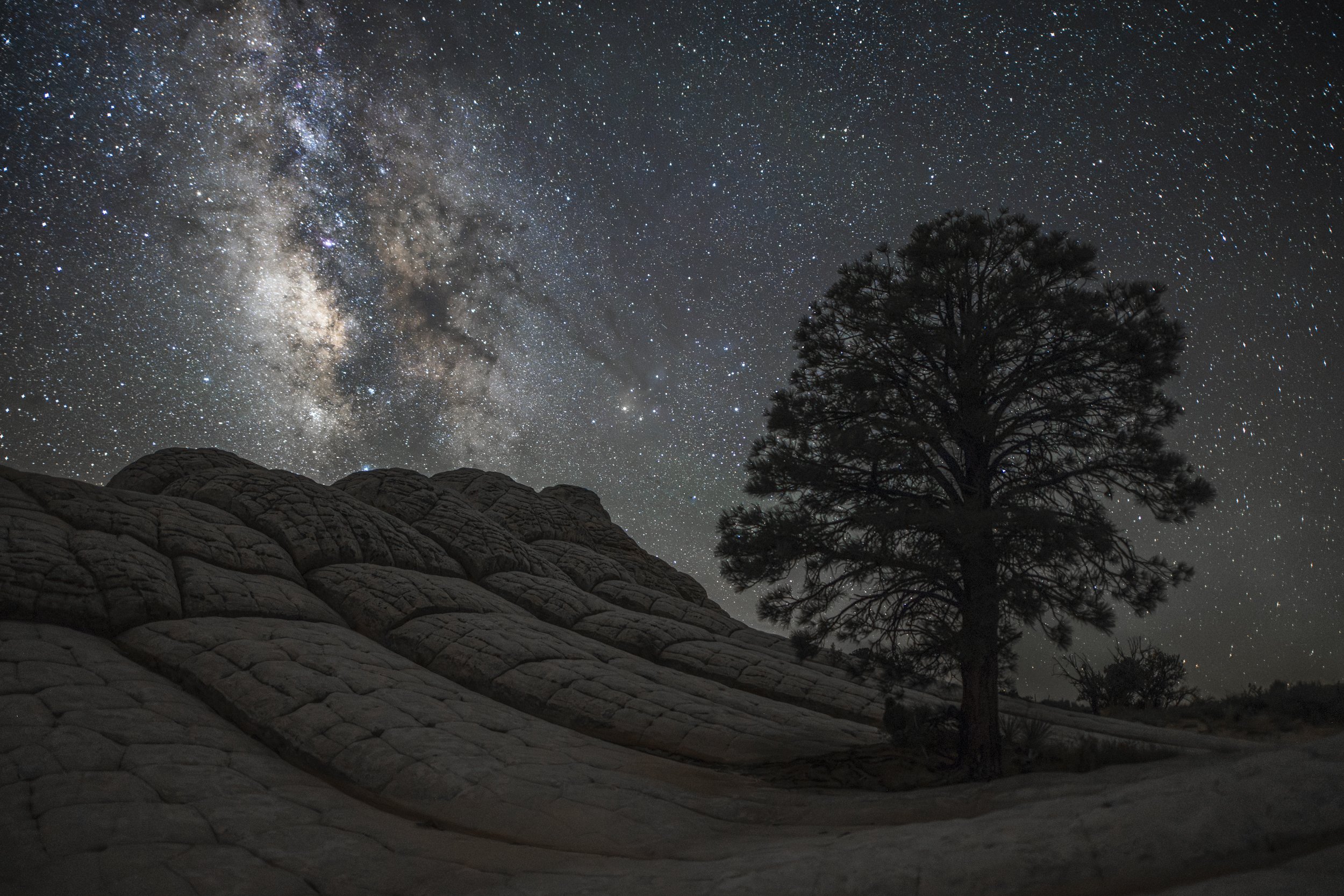
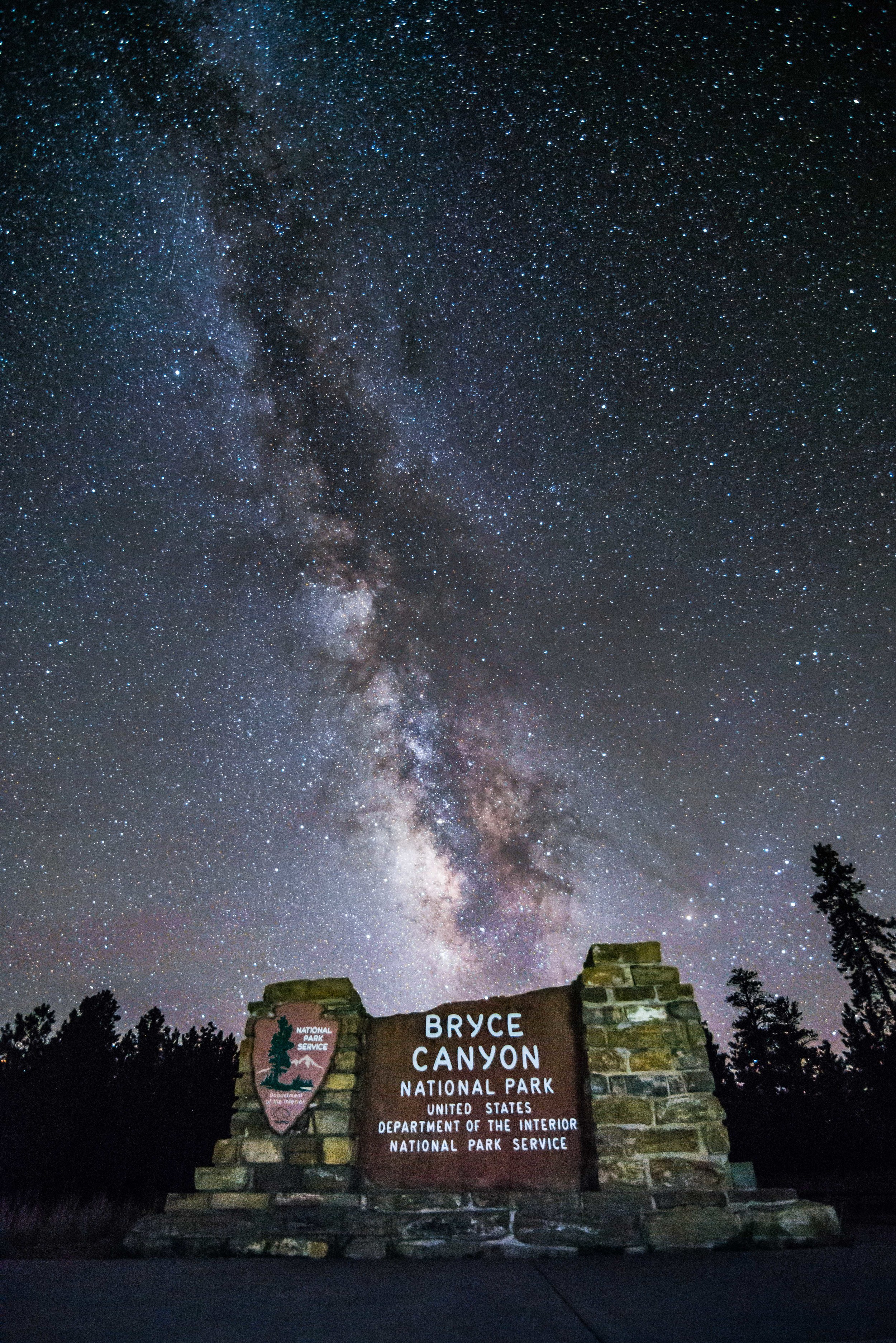
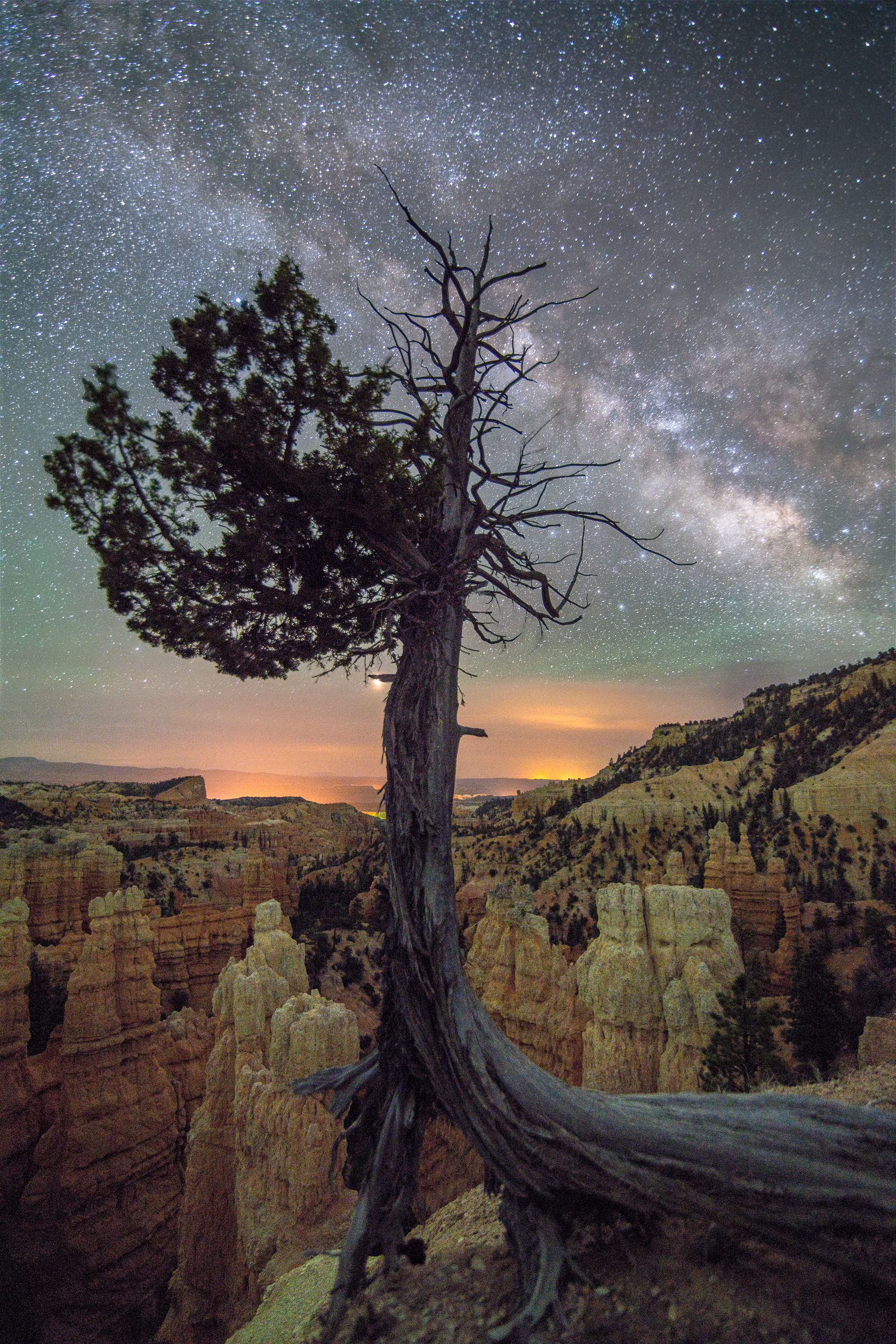
June 21 - 24, 2025 (This workshop is full)
July 19 - 22, 2025 (One space remains)
PRICING:
$1,750 plus tax. $750 deposit required upon booking. Remaining balance is due 90 days prior to workshop.
For this workshop you will be responsible for arranging your own lodging. For those who register, a document will be emailed to you with when and where to book.
HOW TO REGISTER: Please fill out the form at the bottom of this page expressing your interest in registering.
FLIGHTS:
Most people will fly into Vegas and rent a vehicle to drive up to Springdale which is where we meet for our first day of shooting. If you are looking for a closer airport option, you can look into the St. George, Utah airport. It is rather small, but it may be a good fit for some people. The drive from Vegas to Springdale is 3 hours. From St. George to Springdale, it is one hour.
GUIDING AND LEARNING:
Beyond the learning aspect of this workshop, remember that we live in this landscape. We have scoured these areas in day and night time hours, and have become specialized in knowing the very best shooting locations for Milky Way season. We will get you to the goods.
We will be teaching a number of topics that include but are not limited to:
Capturing optimal exposures
In-the-field capture techniques in preparation for stacking images for noise reduction
Settings (using ISO, Aperture, Shutter Speed, White Balance, and built in camera noise reduction)
Light painting
Image post production in Lightroom
REQUIREMENTS:
Photography experience requirements: None. This trip is appropriate for beginners to advanced photographers.
Physical requirements: The most physical event of the trip is hiking down into Bryce canyon. We will hike approximately 1 mile downhill, and return out of the canyon on the same trail for a total of approximately 2 to 2.5 miles total. Elevation gain for the hike out of the canyon is 623 feet. Beyond this hike, all of our other shooting locations are very short approaches on flat level ground.
Camera equipment requirements: You will need a camera that can shoot at ISO’s of 6400 or above, as well as have a wide angle lens with an aperture of f2.8 or wider as well as a sturdy tripod. Astrophotography requires higher end gear in order to be successful. The better the camera and lens you have, the happier you’re going to be with your images. That is why for this workshop we recommend professional level setups. If you do not have a professional level camera and lens, we would highly recommend renting a setup and will help you in that selection process.
Day 1 -
6:00 PM - Meet at Zion Adventures (36 Lion Blvd, Springdale, UT). We will meet the everyone involved in our 4-day outing. This is a great time to talk about local secret spots, recommendations for solo-time shooting in Bryce and Zion, logistics of your trip, gear, etc. And then onto sunset shooting in Zion! We'll chase whatever is looking the best with the current conditions in the park and will shoot through sunset.
Post-sunset: Break for food. People can travel to their restaurant of choosing. We have recommendations.
9 PM - Oh yeah! Onto the good stuff. We will be shooting in Zion National Park this night. By this time, the sky is going to be DARK and one of the very best nights for milky way photography of the entire year! Expect around 4 hours of shooting. We will photograph 3 to 4 different areas. On this evening we learn how to expose perfectly for the night sky, and photograph some of Zion's dramatic cliffs.
Day 2 -
7:00 PM - We will meet up in Bryce National Park to photograph sunset and blue hour. Most people enjoy our pre-meetup time exploring in Zion before making the trip up to Bryce Canyon. Bryce is actually not optimal with sunset light due to the positioning of the canyon with the setting sun. Rather than shooting sunset in Bryce we will take this time to sit down and learn to edit our photos from the night before.
Before we head out for night photography we’ll roll over to a local restaurant and grab a bite to eat and will head out once the night sky gets dark enought.
Bryce has a reputation of being one of the darkest skies in the lower 48. So dark that we have seen events similar to the aurora borealis! Combined with the bizarre, and beautifully colored rock, along with a perfectly positioned Milky Way, we’re going to get some great images here. Again, we will likely be out for around 4 hours or so.
Day 3 -
4:30 PM - We will meet in the town of Kanab, Utah. From here we will load up into my 4x4 vehicle for a pretty good sized trek out to White Pocket, AZ. This is one of the most fascinating landscapes in the desert Southwest, and it is off the beaten path. This piece of earth is bizarre and glorious. We will shoot sunset, blue hour, and Milky Way out here. White Pocket is in the same area as “The Wave” and in my opinion it is equal in its beauty. You’re going to love it.
Day 4 -
11 AM - Another leisurely wake up and meeting after a late night of shooting. For those interested in post-processing techniques, we will sit down together in Kanab, where we have stayed the night before to learn some helpful tips on processing your images using Lightroom. Expect around 2 hours of processing time. From here we will depart and people will go there separate ways.
Questions or ready to register?
Feel free to contact us here.








